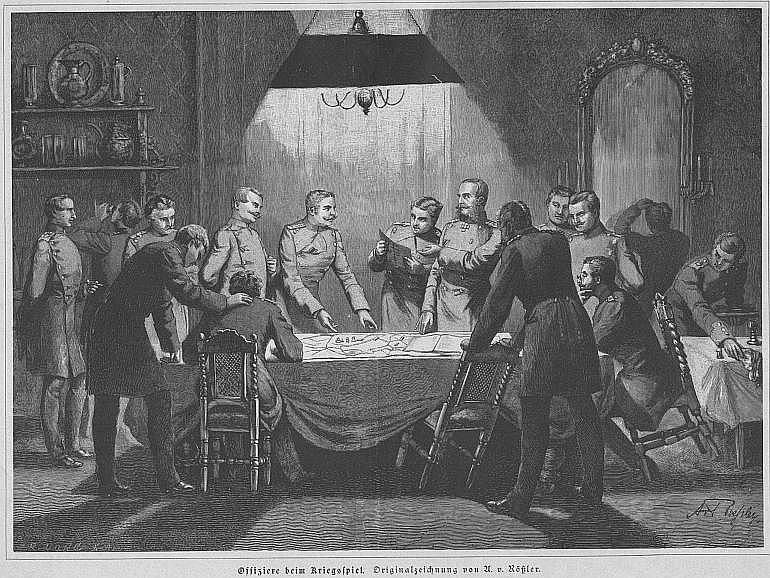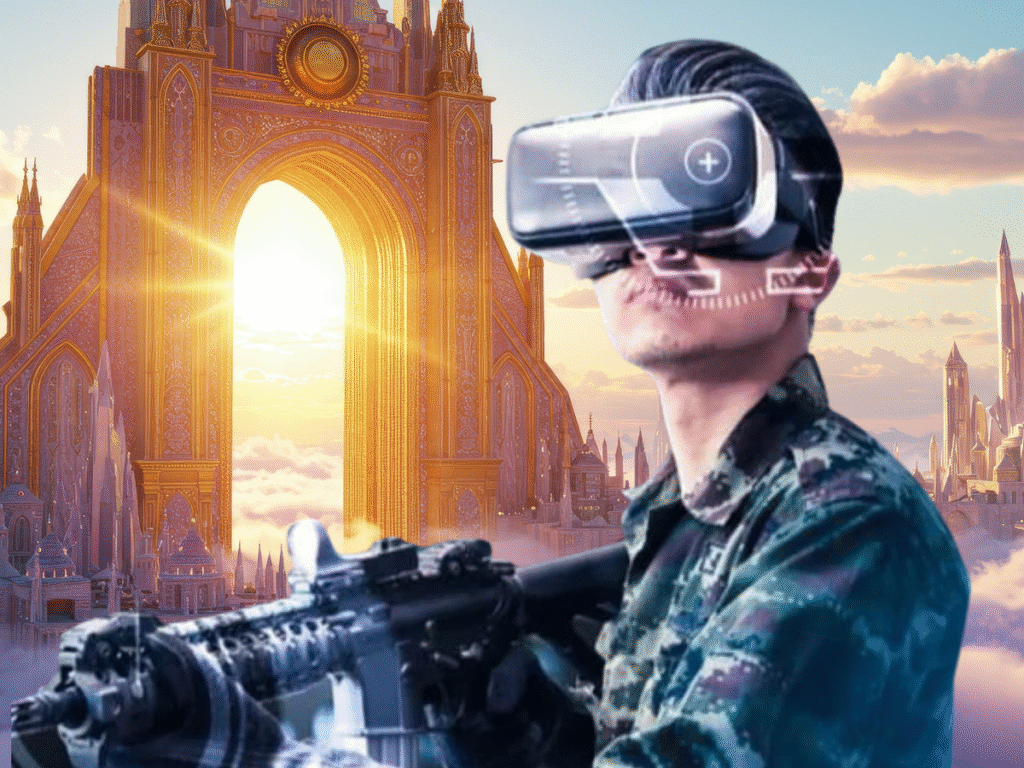Computer assisted tabletop wargaming represents the exciting intersection of traditional tactical gameplay with modern technology. This innovative approach maintains the tangible, social experience of tabletop gaming while harnessing digital tools to enhance gameplay, streamline complex processes, and create more immersive experiences. As technology continues to evolve, these hybrid gaming systems are becoming increasingly sophisticated, offering wargaming enthusiasts unprecedented opportunities to elevate their strategic thinking and battlefield management.
The importance of technology in modern tabletop gaming cannot be overstated. While the physical components—miniatures, terrain, dice—remain at the heart of the experience, digital assistance has transformed how players engage with rules, track statistics, and visualize complex battlefield dynamics. For both veterans and newcomers alike, computer assisted tabletop wargaming opens doors to deeper strategic experiences without the traditional barriers of complicated rulebooks and time-consuming administrative tasks.

The Evolution of Wargaming
The history of wargaming stretches back centuries, originating from military training exercises designed to simulate battlefield tactics. Systems like Kriegspiel evolved in the mid-Nineteenth Century to help train a new cadre of battlefield leaders. From these professional tools, civilian versions of wargames developed.
Traditional tabletop wargaming, as we tend to know it today, featuring detailed miniatures and intricate rule systems, gained popularity in the mid-20th century with titles like Chainmail and Warhammer establishing the foundations of the hobby we know today.
These games relied entirely on physical components—rulebooks, measurement tools, dice, and player memory—to function. While deeply engaging, traditional wargaming presented significant barriers: complex rule interpretations, lengthy setup times, and considerable administrative overhead that often detracted from the core strategic experience.
The introduction of computer assistance to wargaming began modestly in the 1990s with simple digital dice rollers and basic reference apps. As technology advanced, so did the sophistication of these tools. By the early 2000s, dedicated software emerged to handle complex calculations, maintain unit statistics, and even provide virtual tabletops for remote play. This digital evolution didn’t replace the physical aspects of wargaming but instead complemented them, creating a hybrid experience that preserved the tactile nature of the hobby while eliminating many of its frustrations.
Benefits of Computer Assisted Wargaming
Computer assisted tabletop wargaming dramatically enhances the gameplay experience in several meaningful ways. By automating calculations and rule referencing, players can focus on strategic decision-making rather than rule disputes or complex mathematics. Digital battlefield visualization tools help players understand line-of-sight issues, movement ranges, and other spatial elements that traditionally required mental calculation or cumbersome measuring tools.
Game management and organization receive significant improvements through digital assistance. Unit statistics, damage tracking, and special rule applications—once relegated to paper sheets and player memory—can be instantly accessed and automatically updated. Campaign progression, resource management, and scenario generation become streamlined processes rather than administrative burdens.
One of the biggest benefits of the internet to tabletop wargaming is the ‘re-introduction’ of the ‘fog of war’ that was a big part of the early training tools. With tools such as Tabletop Simulator and communication platforms, such as Discord, a game umpire can manage a battle between players that never see the full tabletop. It becomes the ultimate leadership challenge.
For new players, computer assisted systems significantly lower the barrier to entry. Learning complex rule systems becomes more intuitive through interactive tutorials and real-time assistance. Digital components can guide newcomers through turn sequences, highlight legal moves, and explain rule interactions, creating a gentler learning curve while maintaining the game’s strategic depth.
Key Features of Computer Assisted Wargaming
Today’s computer assisted wargaming ecosystem offers a diverse array of software tools and platforms. Virtual tabletop systems like Roll20 and Tabletop Simulator provide comprehensive environments for remote play, while specialized applications like BattleScribe and Army Builder streamline army list creation. Augmented reality applications are beginning to project digital information directly onto physical gaming surfaces, creating seamless integration between physical and digital elements.
The integration of digital resources and rule sets has revolutionized how players interact with game systems. Automated reference databases eliminate rulebook page-flipping, instantly providing relevant information exactly when needed. Digital dice rollers not only speed up resolution but can automatically apply modifiers and track outcomes. Scenario generators create balanced, dynamic battlefield situations that might take hours to design manually.
Customization options allow players to tailor their digital assistance to specific preferences. From creating personalized army lists with unique visual identifiers to developing house rules that can be consistently applied through digital tools, computer assisted systems adapt to player needs rather than forcing standardized approaches.
Case Studies and Examples
Several game systems exemplify the potential of computer assisted tabletop wargaming. Some handle unit activation sequences and fog-of-war elements that would be easier to manage digitally. Army Builder software has become almost essential for tournament players in games like Warhammer 40,000, ensuring list legality and point calculations while providing printable reference sheets.
Success stories abound within the gaming community. It is reported that tournament organizers for Infinity, a complex sci-fi skirmish game, reduced game round times by nearly 30% by using digital tools to handle the game’s intricate reaction mechanics.
Virtual Tabletop Wargaming platforms – like Tabletop Simulator and Warhall, stand out by offering comprehensive support across multiple game systems. Their intuitive interfaces allows players to quickly reference rules, track unit status, and visualize battlefield conditions without interrupting gameplay flow. By integrating with popular army list builders and providing cross-platform compatibility, these platforms have become a cornerstone tool for many gaming groups transitioning to computer assisted play, like the IKS.
Challenges and Considerations
Despite its advantages, computer assisted tabletop wargaming faces potential drawbacks. Technology dependence introduces new failure points—software glitches or connectivity issues can disrupt games. There’s also legitimate concern about the learning curve associated with digital tools, particularly for older players comfortable with traditional methods.
The financial barrier presents another consideration. While many basic applications are free, comprehensive systems often require subscription fees or significant upfront investments in hardware like tablets or specialized peripherals. This can create a digital divide within gaming communities between those who can afford these enhancements and those who cannot.
Balancing technology with traditional gameplay requires thoughtful implementation. Over-reliance on digital elements can diminish the tactile, social experience that draws many to tabletop gaming in the first place. The most successful computer assisted approaches maintain the physical core of the hobby—the miniatures, terrain, and face-to-face interaction—while using technology to enhance rather than replace these elements.
Some gaming groups establish technology protocols that limit digital assistance to specific game aspects, ensuring technology serves the experience rather than dominates it. Others implement “unplugged” game rounds to maintain traditional skills alongside computer assisted play. These balanced approaches help preserve the essence of tabletop wargaming while embracing the advantages of digital enhancement.

Future Directions in Computer Assisted Wargaming
The future of computer assisted tabletop wargaming holds remarkable potential. Augmented reality technologies promise to overlay digital information directly onto physical gaming tables, eliminating the need to shift attention between screens and miniatures. Voice recognition systems may soon allow players to issue commands and make inquiries without touching devices at all.
Artificial intelligence is beginning to transform computer assisted gaming by providing sophisticated opponents for solo play and offering strategic analysis for educational purposes. These AI systems can adapt to player skill levels, providing appropriate challenges for beginners while offering tactical insights for veterans.
Cross-platform integration is improving rapidly, with systems now sharing data between army builders, tactical assistants, and campaign trackers. This interconnected ecosystem streamlines the entire gaming experience from army creation to battlefield resolution and narrative progression.

The future of Tabletop Wargaming?
Conclusion
Computer assisted tabletop wargaming represents a significant evolution in strategic gaming, preserving the beloved physical and social elements of traditional wargaming while enhancing the experience through thoughtful technological integration. By automating administrative tasks, providing instant rule references, and visualizing complex battlefield dynamics, these systems allow players to focus on what matters most: strategic decision-making and enjoyable social interaction.
The advantages of computer assisted tabletop wargaming extend beyond convenience—they democratize access to complex game systems, accelerate learning curves, and enable richer strategic experiences. As platforms like VTTW continue to innovate and refine their offerings, players can expect even more seamless integration between physical and digital elements of their favorite games.
The future of tabletop gaming lies not in choosing between traditional and digital approaches, but in thoughtfully combining them to create experiences that are more accessible, strategic, and enjoyable than either approach could achieve alone. For wargaming enthusiasts willing to embrace these new tools, computer assisted tabletop wargaming offers a compelling path forward—one where technology enhances rather than replaces the timeless appeal of moving miniature armies across battlefields limited only by imagination.
By embracing computer assisted tabletop wargaming through platforms like VTTW, players can truly elevate their strategic experience while maintaining the tangible connection to the hobby they love. The battlefield of tomorrow awaits—enhanced by technology but still fought with the same tactical brilliance and camaraderie that has defined wargaming for generations.


